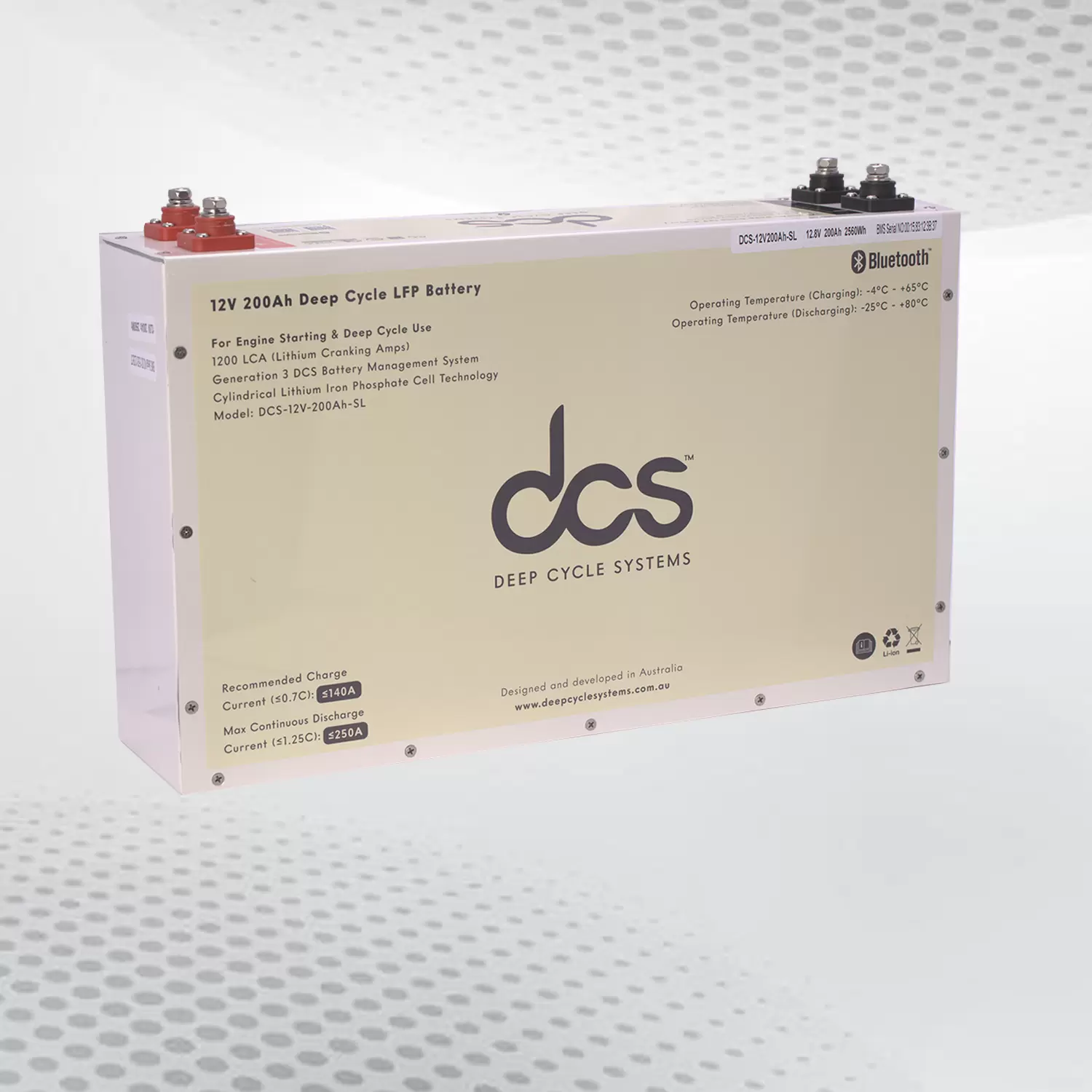CLAT is one of the most competitive exams among students looking to get admission in one of the leading NLUs in India. To achieve success in the CLAT exam, it is essential that the aspirant knows the detailed syllabus and question types that will be posed. The topics of the CLAT syllabus 2025 range from subjects that test one’s aptitude, reasoning skills, and knowledge in the legal sphere. In this article, we will break down the CLAT syllabus, section by section, to help aspirants focus on what is important and plan their preparation accordingly.
Understanding the Structure of the CLAT Syllabus
The CLAT examination consists of five sections: English Language, Current Affairs including General Knowledge, Legal Reasoning, Logical Reasoning, and Quantitative Techniques. Each section is designed to test different skill sets; the questions in each section draw both upon comprehension based on passages provided and based on current events and legal principles. The syllabus has been designed to gauge a candidate not only on his knowledge regarding law-based topics but also on the candidate’s reasoning and analytical ability to solve problems.
- English Language
The English Language section is the most important section in the CLAT examination. This section mainly tests the reading comprehension skill of the candidate. The candidates will be given passages of around 450 words. These passages will be extracts from contemporary or historically significant texts, including fiction, non-fiction, and even journalistic writing.
Questions in these passages test the candidate’s ability to comprehend the meaning of the text, thereby making logical inferences, interpreting vocabulary, etc. The grammar, sentence correction, synonyms, and antonyms questions can also be included in this section. Themes based on contemporary events or general topics may also show up in these passages. To prepare for this area, the candidates should focus on reading a wide range of material, expand their stock of words, and be updated on grammar and usage concerning sentence structure.
- Current Affairs, Including General Knowledge
The Current Affairs section aims at testing the candidate’s awareness about the world around him/her and his/her knowledge of current happenings. This section also involves general knowledge questions and includes a wide spectrum of topics- international events, national issues, science and technology, economics, and events of historical interest.
The questions in this section are mainly borrowed from events that have taken place within the last one year. Candidates are given passages of about 450 words each; the questions that come from these passages require current affairs knowledge to answer them. These may range from issues related to politics, law, economics, and the environment.
Aspirants are supposed to develop the habit of reading newspapers on a regular basis, follow authentic news websites, and stay updated about the latest and important national and international events. Additionally, studying general knowledge topics related to history, geography, and science can prove helpful in answering non-current affairs-based questions.
- Legal Reasoning
Legal Reasoning is the core of the CLAT examination. It tests the candidate’s ability to apply their knowledge of the law to a given set of facts. The section contains passages which describe legal scenarios or facts. After the passages, questions are posed that require the application of legal principles mentioned within the passage.
This section does not require candidates to have prior knowledge in law, but it is a test for reasoning ability. Candidates are required to identify legal issues in the passage, applying the legal principles and coming out with logical conclusions based on the given facts. The topics usually covered under this section are legal principles pertaining to contracts, torts, criminal law, constitutional law, and other areas of public policy.
In this section, the candidate needs to study the concept of how legal reasoning works. The candidates need to read basic legal concepts and solve legal reasoning practice questions for a better performance. They also need to get familiar with legal principles to perform well in this section.
- Logical Reasoning
The Logical Reasoning section tests an individual’s critical analysis capability in logically reasoning out a set of arguments. A passage-type section, candidates are provided with a set of passages and are required to evaluate arguments, identify assumptions, and make conclusions based on the provided information.
The questions can be based on inferences, strengthening and weakening arguments, and logical forms of statements. Thus, the section plays an important role in the development of those very skills that are crucial for success in one’s further legal career, as a lawyer should be capable of thinking critically and logically, present his or her arguments.
In order to get prepared for Logical Reasoning, the candidates have to solve the puzzles, analyze the statement, and work out the arguments. Besides that, the practice of regular doing of sample questions with assumption, conclusion, and syllogisms will enhance the ability of critical thinking and logical reasoning.
- Quantitative Techniques
Quantitative Techniques section tests the mathematical ability of the candidate. Most of the questions in this section are based on data interpretation, basic arithmetic, and mathematical reasoning. Candidates are provided with passages, graphs, tables, or any other visual set of data. Candidates have to interpret the data presented in order to solve questions.
Some concepts to be studied in this section include basic mathematics concepts such as Ratios and proportions, Percentage, Average, Profit and Loss, Time and Work, Simple and Compound Interest. The difficulty level is almost similar to the mathematics taught at Class 10.
To prepare for this section, the candidate needs to go through the basics related to mathematics and conduct as much practice as possible in interpreting graphs and tables. Regular practice is supposed to be done in the problems of quantitative aptitude in order to increase speed and accuracy regarding the solving of these types of questions.
Weightage of the Sections of CLAT Syllabus
Each section of the CLAT examination carries a different question weightage. The total number of questions in the main test is 150. The total time to solve this paper is 120 minutes. Though the exact number varies, the approximate question distribution of the CLAT exam is given as below:
English Language: Approximately 28-32 questions
Current Affairs including General Knowledge: Approximately 35-39 questions
Legal Reasoning: 35-39 questions; Logical Reasoning: 28-32 questions Quantitative Techniques: 13-17 questions This knowledge of the distribution is important for the candidate to concentrate their effort in a particular preparation. For instance, if some candidate finds legal reasoning tough and knows that it will carry a considerable weightage, then the candidate must put in extra effort to excel in it.
How to Effectively Use the Syllabus of CLAT
Knowledge within the syllabus will only help candidates show the path, and the actual challenge is how they should utilize the knowledge to prepare a proper study plan. Candidates should begin with evaluating strengths and weaknesses in each of the sections and then distribute their study time. This will be better since the candidate focuses more on weaker aspects while retaining a strong hold over those sections where the candidate already has his grip.
The planned study design should include regular sample papers and mock tests in a scheduled manner, as these make the candidates familiar with the types of questions that may be asked and also give an idea of the simulated environment. Additionally, studying the revision is needed so that concepts are retained and can be performed well in the examination.
News and events occurring in the world are essential to keep your CA updated. Candidates should develop the reading of newspapers daily habit along with some reliable sources for General Knowledge. Aspirants can acquire assistance in Legal Reasoning through readings about landmark cases and important legal principles that have been given to build up the Indian Legal System.
Conclusion: Conquering the CLAT Syllabus
The CLAT curriculum has been designed to test a wide-ranging set of abilities that are necessary for a successful legal career: from logical reasoning and problem-solving to deep understanding of current affairs and principles of law. Once the candidate gets an idea about the syllabus structure and makes a focused strategy, then he or she will be confident during the examination.
The key to mastering the CLAT syllabus 2025 lies in consistent practice, continuous improvement, and regular evaluation through mock tests and sample papers. With an appropriate strategy for preparation, aspirants will enhance their skills in every section and increase the chances of securing a top rank in the CLAT exam for opening up avenues to pursue the best legal education in the country.








